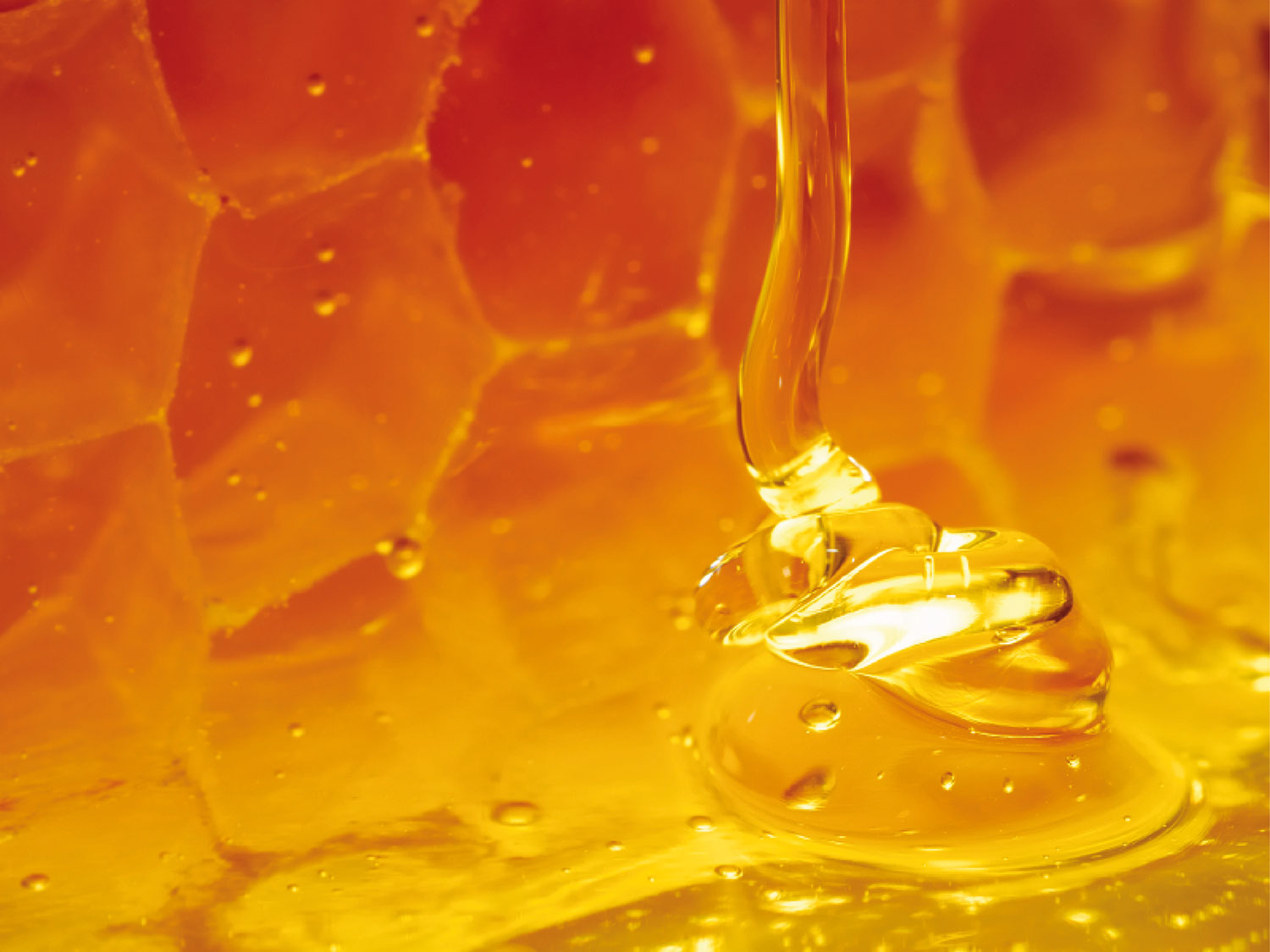ManukaLife and RIRDC, in collaboration with Kings Park Botanical Gardens, have entered into a three-year research agreement to conduct a plant breeding program for the development of High Grade Manuka Honey.
RIRDC Managing Director, John Harvey welcomed the new breeding program which supports RIRDC’s new and emerging industries portfolio.
“The breeding program builds on a current project funded by the RIRDC Honey Bee and Pollination Program which identified Australian Leptospermum species with high levels of bioactivity,” said Mr Harvey.
“Our aim is to grow the availability of Leptospermum plantations for honey production and provide an alternative enterprise for Australian famers, which in turn will address the growing global demand for Manuka Honey.”
Manuka Honey is the commercially recognised name for honey derived from Leptospermum, a fire and water adapted Tea Tree species endemic to temperate coastal areas of Australia and New Zealand.
The emerging Manuka Honey industry has made headlines for its medical applications in speeding wound recovery and managing bacterial infections, a product deemed even more important with increasing antibiotic resistance across the globe.









